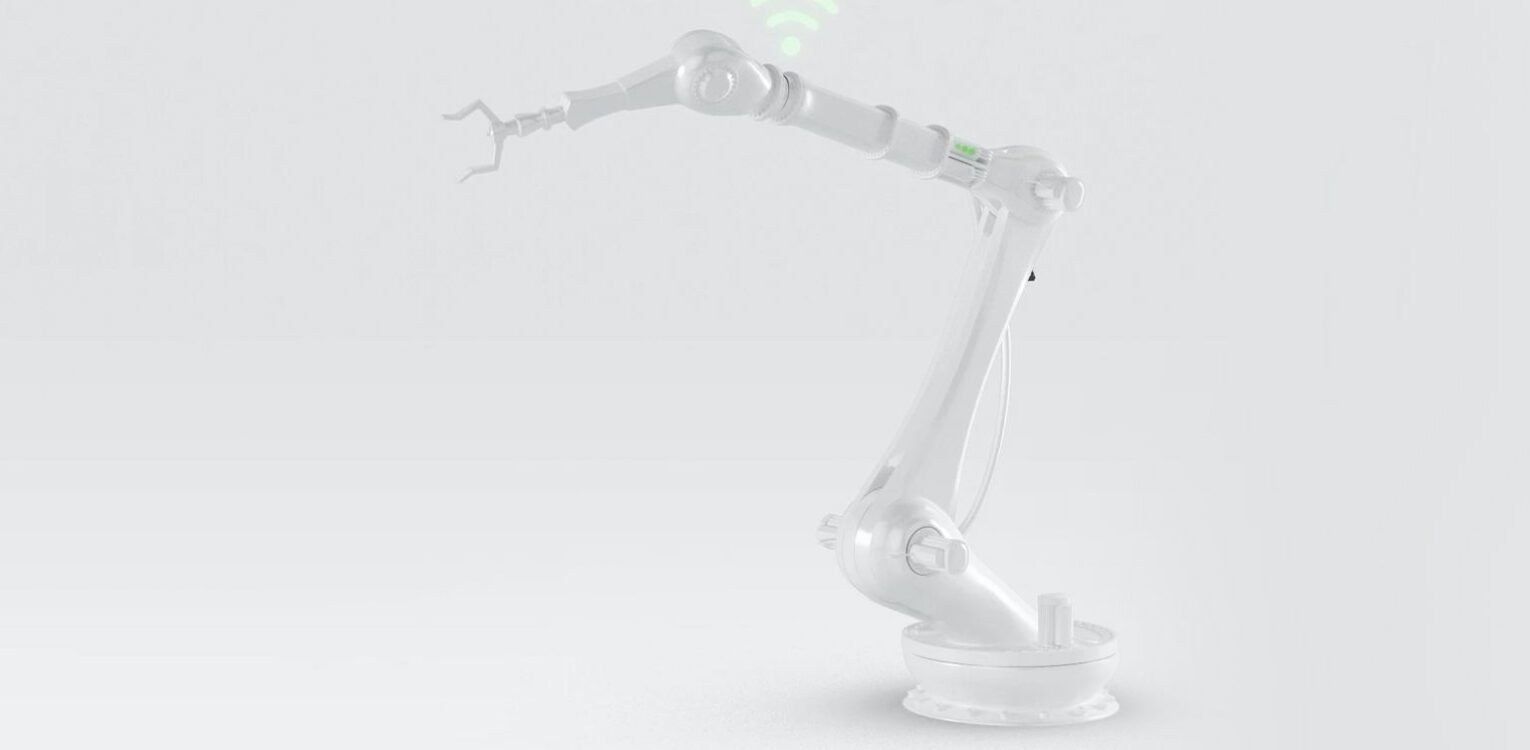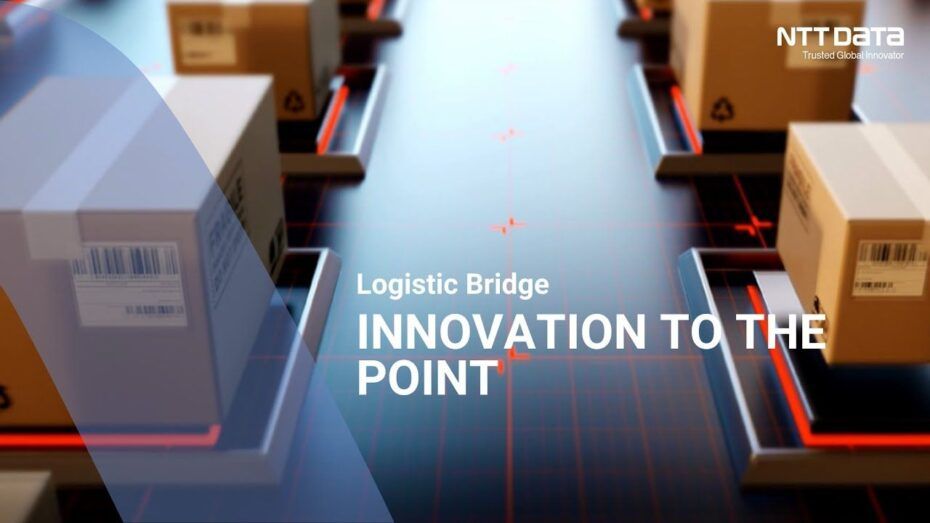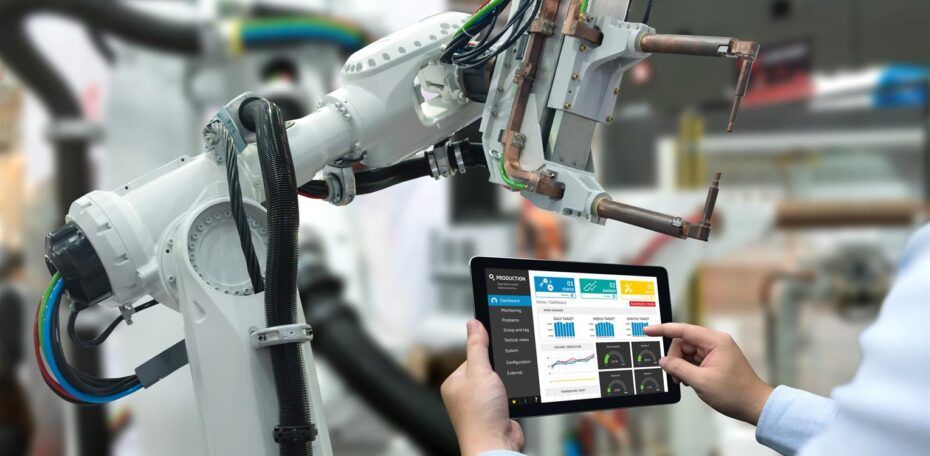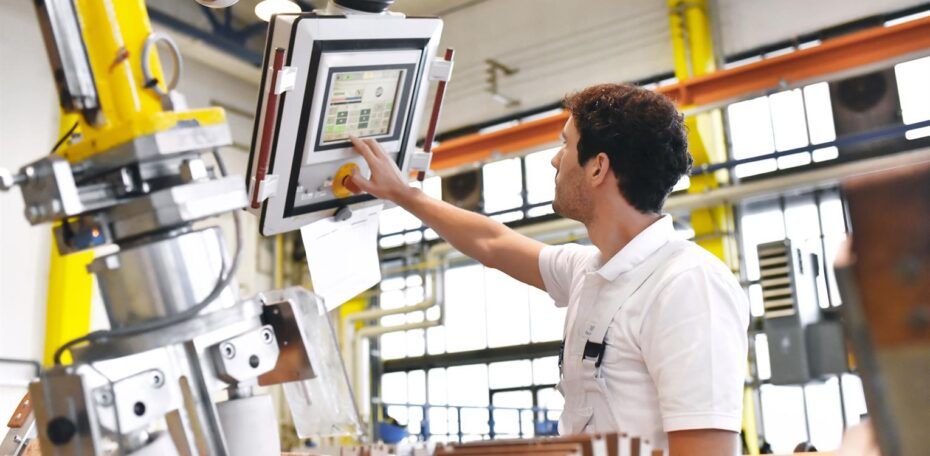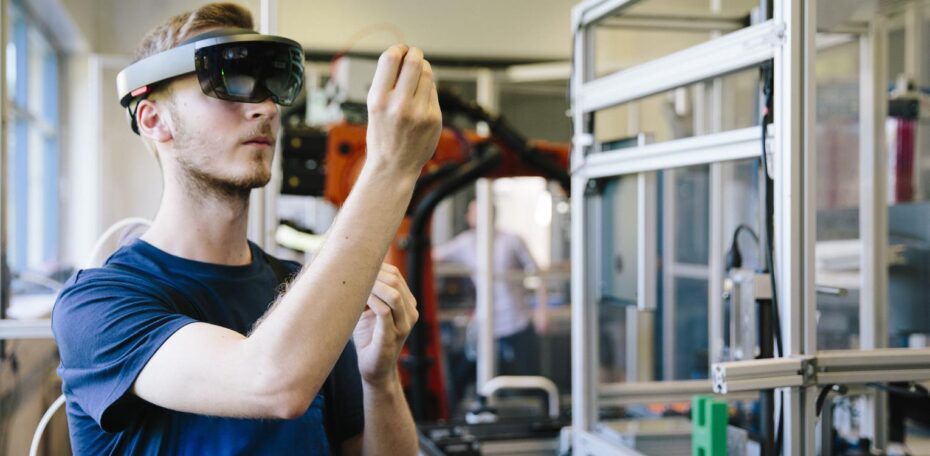In many factories, the health of machinery is known only to the workers who operate it, if at all. Without a centralized system, it’s easy for maintenance to be missed and breakdowns to occur. Alternatively, equipment can easily be over-maintained, increasing factory costs.
With smart sensors and the right software, manufacturers can monitor the health of their equipment remotely. This is done by creating a digital twin, a virtual representation of a machine. Digital twins make it easier to visualize problems, as well as run simulations of what will happen in certain scenarios.
With the help of machine learning, software can even detect when a breakdown is likely to happen. This means that fewer on-site visits are required, and production schedules can be more accurate. Maintenance becomes proactive, and orders are no longer missed due to unplanned downtime.
